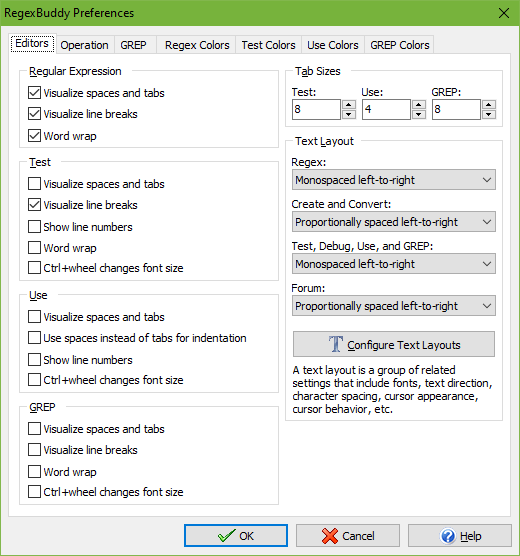

REGEX CLEAN TEXT DATA CODE
Whether you use the sub() function from the re module, the translate() method, or another approach, it's important to test your code with a variety of inputs to ensure that it's working as expected.Textual data plays a huge role in machine learning. Ultimately, the method you choose to remove special characters from a string in Python will depend on your specific needs and the structure of your input data. In addition, you can also use the join() method to join a list of alphanumeric characters and whitespaces only, This method creates a new string by concatenating the elements of an iterable (such as a list or tuple) with a specified separator. This function filters out only alphanumeric and whitespace characters from the input string. def remove_special_characters(input_string): For example, you can use the replace() method of the str class to replace specific characters with nothing, or use a list comprehension to filter out unwanted characters. Using replace() method:īoth sub() and translate() methods are very powerful in removing special characters from a string, but there are other ways to achieve this goal as well. translate() method applies the mapping on the string, replacing special characters with nothing. In this example, the maketrans() method creates a dictionary of characters which need to be replaced, the leftmost argument is the list of characters which need to be replaced, the middle argument is the list of characters with which they need to be replaced and rightmost argument is the list of characters which need to be deleted. Original_string = 'Hello! How are you? #today'Ĭlean_string = remove_special_characters(original_string)

Here's an example of how you can use the sub() function to remove all special characters from a string: import reĭef remove_special_characters(input_string): Python's re module provides a variety of functions that make it easy to work with regular expressions, including the sub() function, which allows you to replace all occurrences of a pattern in a string with a replacement string. Removing special characters using Regex: Using sub() function: With regex, you can specify patterns in the text to match and then replace or remove the matched parts. Regular expressions, or regex for short, provide a powerful way to search and manipulate text. One of the most efficient ways to remove special characters from a string in Python is by using regular expressions. These special characters can cause issues when processing or analyzing text data and may need to be removed. When working with strings in Python, it's not uncommon to encounter special characters such as punctuation marks, symbols, and non-printable characters.
REGEX CLEAN TEXT DATA HOW TO
How to Improve Technical Skills in Programming.Convering a string into upper or lower case in C++.The Difference Between int main( ), void main( ) and int main (void).Finding the Maximum and Minimum Elements of an Array using C++.Program to find sum of n natural numbers in C++.Find The Most Frequent Element in an Array.Fixing the 'NoneType object is not iterable' Error in Python.Converting Python Strings to Datetime Objects with Timezone.


Get File Size in Human Readable Format in Python.Remove Special Characters from a String in Python Using Regex.Counting the Occurrences of Unique Values in a Python List: Multiple Approaches.Converting a Comma-Separated String to a List in Python - Multiple Approaches.Converting Uppercase to Lowercase in Python.Fix: "syntax error: unexpected eof" while parsing Python input.


 0 kommentar(er)
0 kommentar(er)
